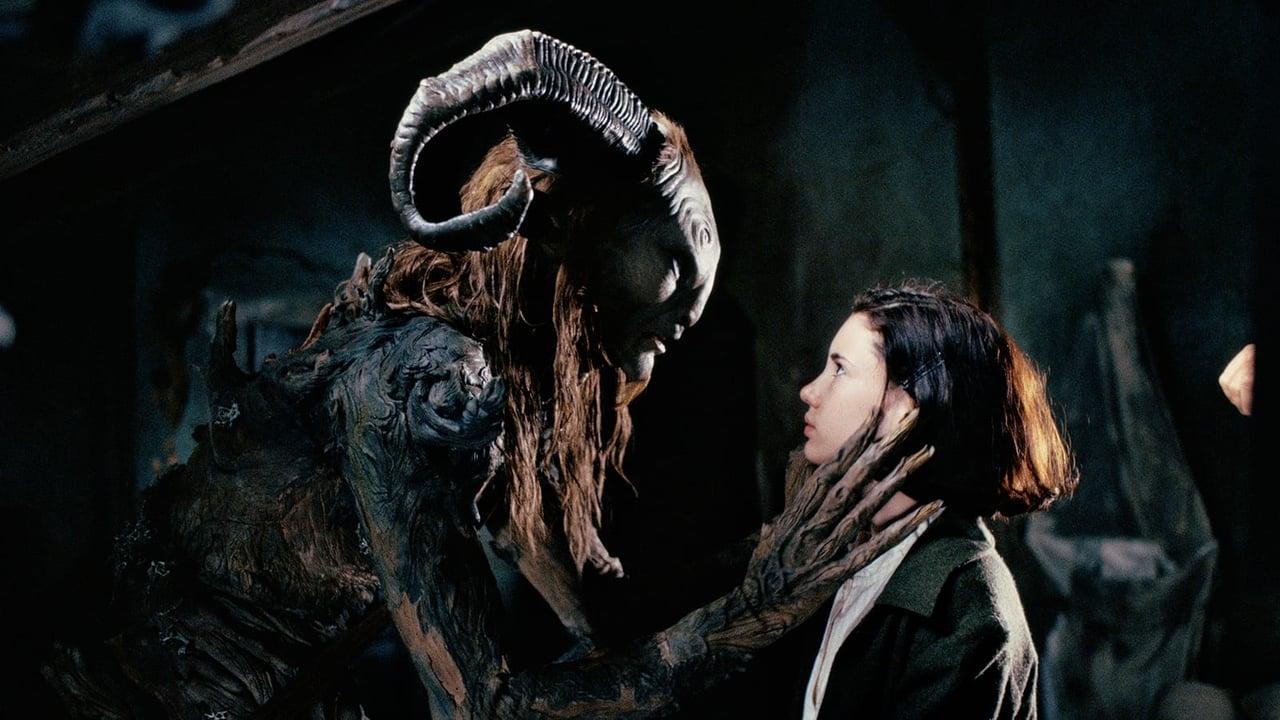In the realm of modern fantasy storytelling, few films have captured the imagination and critical acclaim quite like Guillermo del Toro’s “Pan’s Labyrinth.” Released in 2006, this cinematic masterpiece seamlessly blends elements of fantasy, history, and psychological drama, setting a benchmark for narrative depth and visual artistry. As both a poignant exploration of the human condition and a richly textured fantasy, “Pan’s Labyrinth” transcends conventional genre boundaries, inviting viewers to delve into a world where reality and myth intertwine. This article examines the film’s unique narrative structure, thematic complexity, and innovative visual design, arguing that these elements collectively establish “Pan’s Labyrinth” as the pinnacle of modern fantasy storytelling. Through an analytical lens, we will explore how del Toro’s visionary approach redefines the genre, offering a profound commentary on innocence, power, and the enduring struggle between good and evil.
Visual Mastery and Symbolic Depth
Del Toro’s cinematic masterpiece, Pan’s Labyrinth, is a profound testament to the power of visual storytelling, where every frame is meticulously crafted to convey a tapestry of symbolic meaning. The film’s striking imagery, from the hauntingly intricate design of the faun to the foreboding labyrinth itself, serves as a narrative device that intertwines the real and the fantastical. This visual artistry is not mere decoration but an essential component of the storytelling, inviting viewers to delve deeper into the layers of meaning embedded within the film.
Symbolism in Pan’s Labyrinth is both subtle and profound, enriching the narrative with multiple interpretations. Key elements include:
- The Labyrinth: A metaphor for the complex journey of self-discovery and the trials one must navigate in the quest for truth.
- The Pale Man: A chilling embodiment of oppressive authority and the destructive nature of blind obedience.
- The Dagger: Represents the duality of sacrifice and empowerment, a pivotal tool in Ofelia’s quest.
Each symbol in the film is meticulously interwoven into the plot, enhancing the narrative’s depth and inviting audiences to explore the intricate connections between the characters and their mythical counterparts. This deliberate use of symbolism elevates Pan’s Labyrinth beyond a simple fantasy tale, establishing it as a cornerstone of modern storytelling.

Character Complexity and Emotional Resonance
In “Pan’s Labyrinth,” Guillermo del Toro crafts characters that are not only multi-dimensional but also deeply intertwined with the film’s emotional core. At the heart of the story is Ofelia, whose innocence and courage drive the narrative. Her journey through a world of both magical and brutal realities is a testament to the complexity of human experience. Ofelia is not merely a passive observer; she actively shapes her destiny, reflecting a nuanced portrayal of childhood resilience.
- Captain Vidal: Represents authoritarianism and the monstrosity of unchecked power. His rigid, cruel nature is a stark contrast to the imaginative and hopeful world Ofelia inhabits.
- Mercedes: A symbol of quiet rebellion and compassion, providing a counterbalance to Vidal’s tyranny. Her internal struggle and eventual defiance highlight the film’s exploration of moral courage.
- The Faun: An enigmatic figure that blurs the lines between good and evil, challenging Ofelia’s understanding of trust and loyalty. His ambiguous motives add depth to the narrative, inviting viewers to ponder the nature of guidance and manipulation.
The emotional resonance of “Pan’s Labyrinth” is amplified by these richly drawn characters, whose personal conflicts and transformations mirror the film’s overarching themes of sacrifice, imagination, and resistance. Through their interactions, del Toro explores the profound impact of choice and consequence, creating a tapestry of human emotion that lingers long after the credits roll.

Narrative Structure and Mythological Integration
In “Pan’s Labyrinth,” Guillermo del Toro masterfully weaves a narrative that balances between the grim realities of post-Civil War Spain and a fantastical underworld teeming with mythological elements. The film’s narrative structure is a seamless blend of historical drama and fairy tale, allowing audiences to explore the intricate duality of innocence and brutality. The protagonist, Ofelia, serves as a conduit between these two worlds, her journey through the labyrinth mirroring her quest for autonomy and truth. Del Toro employs a three-act structure, a classic storytelling technique, to guide the viewer through Ofelia’s trials and tribulations, ensuring a rhythm that resonates with both tension and wonder.
Mythological integration is at the heart of the film’s enchanting appeal. Del Toro draws inspiration from a rich tapestry of folklore, infusing the narrative with symbols and archetypes that echo ancient myths. Elements such as the Faun, the pale man, and the labyrinth itself are not mere fantastical constructs but are deeply rooted in mythological tradition. These symbols serve as allegorical devices, representing themes of power, choice, and sacrifice. The film’s ability to meld these mythological elements with the stark realities of its setting creates a unique storytelling experience that challenges the boundaries of the fantasy genre. By doing so, ”Pan’s Labyrinth” not only captivates the imagination but also prompts a deeper reflection on the nature of escapism and the resilience of the human spirit.
Cultural Context and Universal Themes
At its core, Pan’s Labyrinth masterfully intertwines cultural context with universal themes, making it a standout in modern fantasy storytelling. Set against the backdrop of post-Civil War Spain, the film weaves historical reality with mythical elements, creating a narrative that is both deeply personal and universally resonant. This juxtaposition of the real and the fantastical allows director Guillermo del Toro to explore themes such as the loss of innocence, the clash between good and evil, and the quest for identity. The cultural specificity of the Spanish setting enriches the narrative, offering a poignant commentary on the impact of war and authoritarianism. Yet, the film’s exploration of these themes transcends its cultural context, resonating with audiences worldwide who recognize the universal struggle for autonomy and justice.
- Loss of Innocence: The film portrays a young girl’s journey into a dark, mythical world as a metaphor for her confrontation with the harsh realities of adulthood.
- Good vs. Evil: Characters are drawn in shades of grey, reflecting the complexities of moral choices in a world rife with ambiguity.
- Identity and Autonomy: The protagonist’s quest is not just physical but also an exploration of self, challenging oppressive structures to assert her own narrative.
By embedding these themes within a rich cultural tapestry, Pan’s Labyrinth achieves a narrative depth that speaks to the human condition, offering viewers not just a story, but a mirror reflecting the eternal dance between fantasy and reality.
To Conclude
“Pan’s Labyrinth” stands as a remarkable exemplar of modern fantasy storytelling, deftly weaving together elements of myth, history, and the human condition. Guillermo del Toro’s masterful direction and storytelling craft create a narrative that transcends the boundaries of conventional fantasy. By juxtaposing the harsh realities of post-Civil War Spain with the ethereal allure of a mythical underworld, the film invites viewers to explore the interplay between imagination and reality, innocence and brutality. Its rich symbolism and complex characters resonate with audiences, encouraging a deeper reflection on the nature of escapism and the resilience of the human spirit. As we have explored, ”Pan’s Labyrinth” not only captivates with its visual and narrative depth but also challenges the genre’s potential, solidifying its status as a pinnacle of contemporary fantasy cinema.
